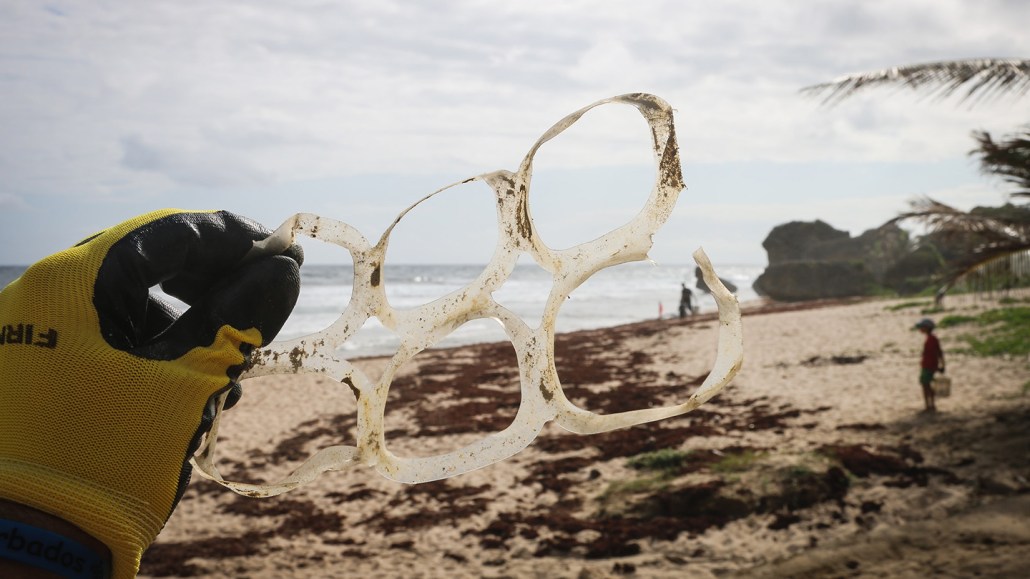50 years ago, scientists developed self-destructing plastic
Excerpt from the August 7, 1971 issue of Science News

In the 1970s, amid public calls for eco-friendly products, scientists developed plastic that could quickly break down when exposed to light. Fifty years later, plastic pollution is still a problem.
Brian Yurasits/Unsplash







